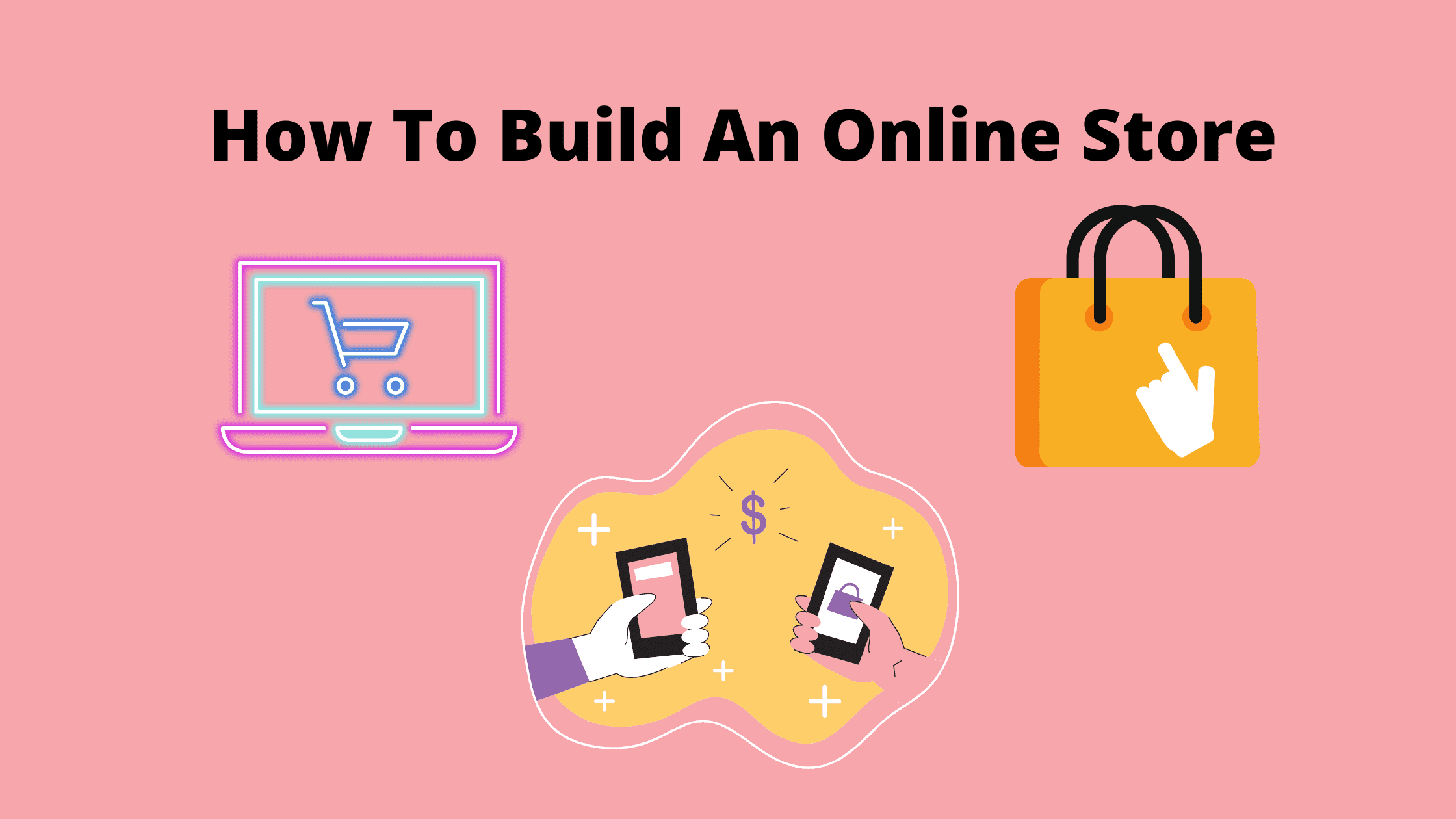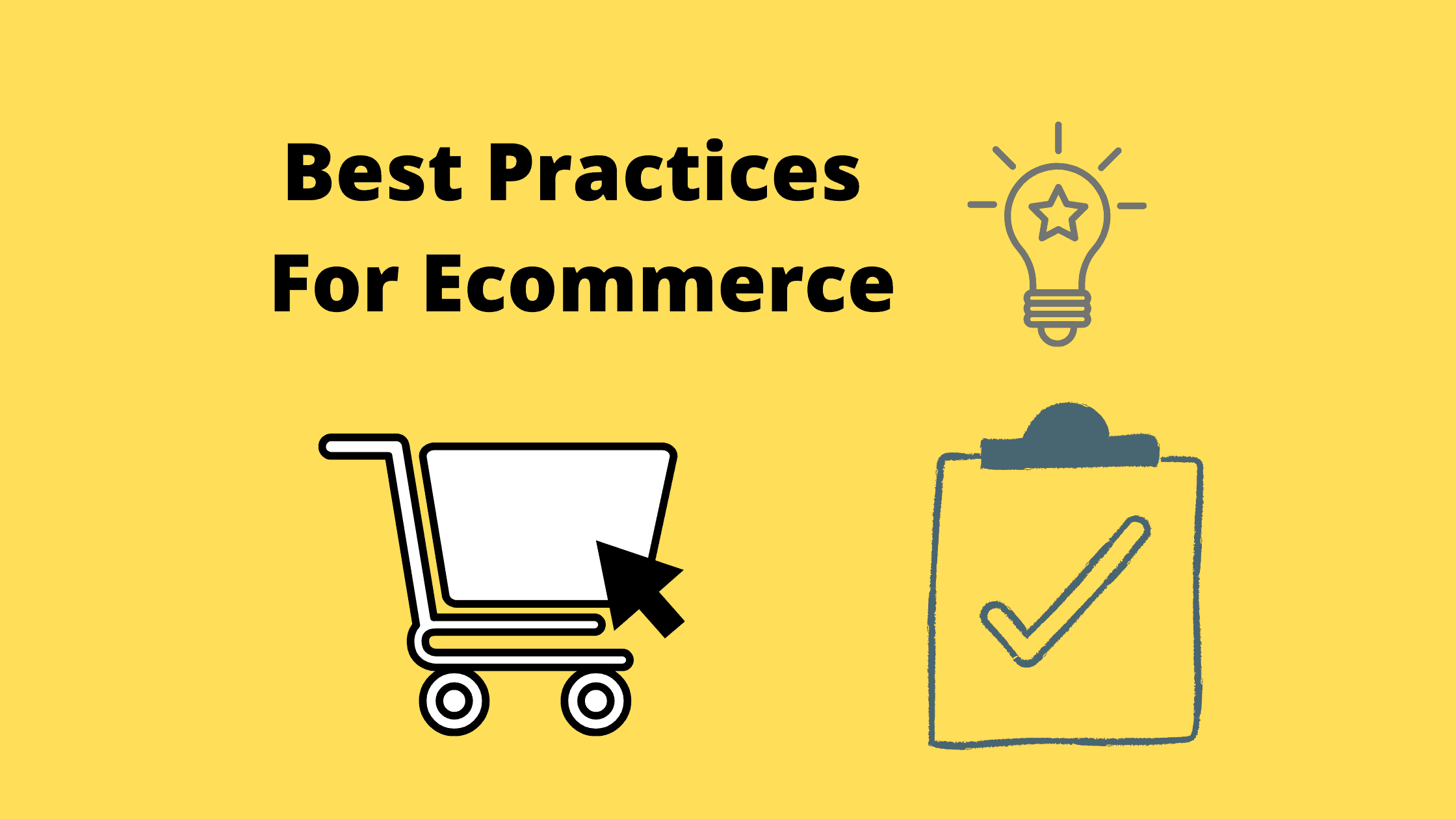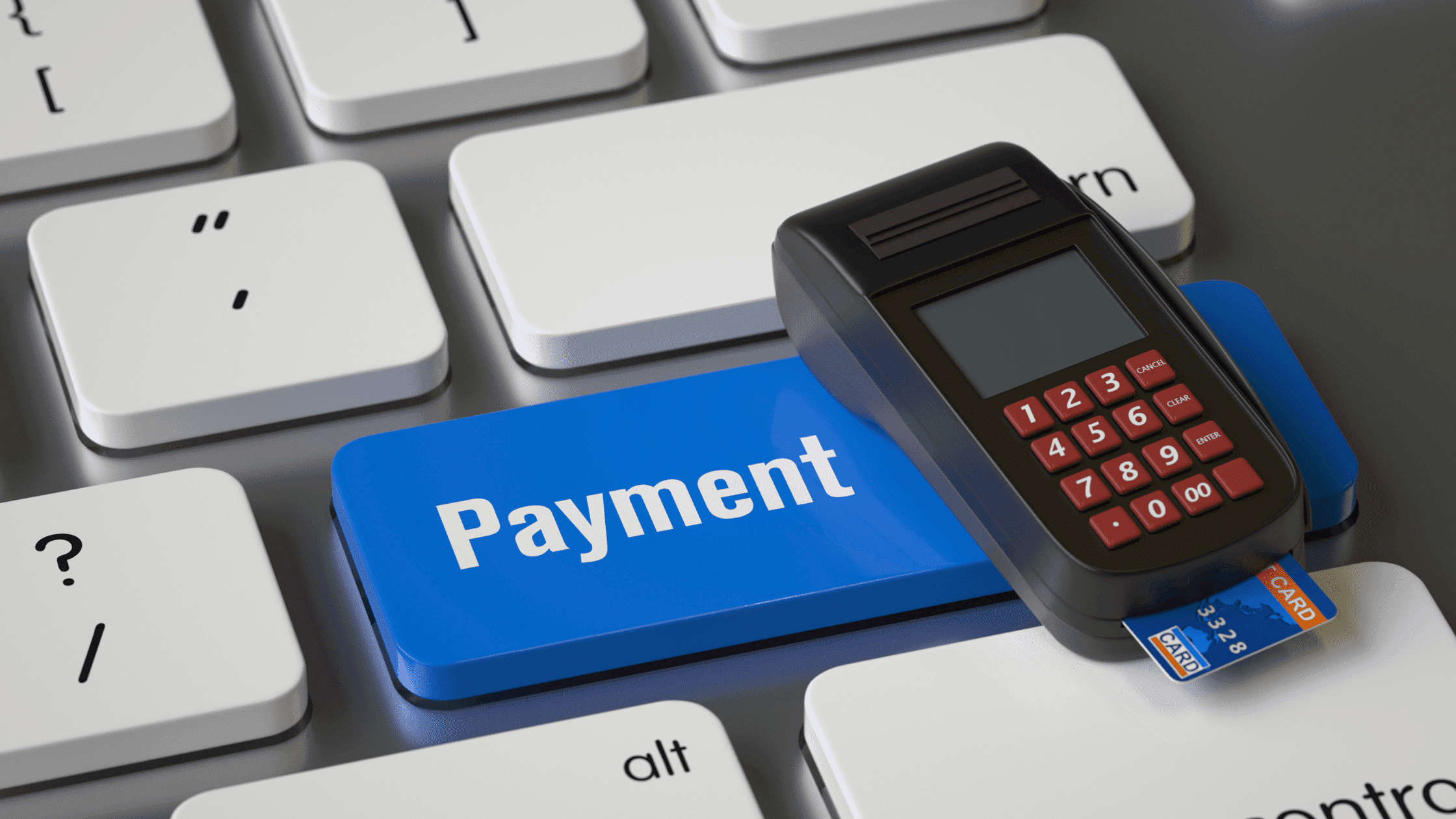My top recommendation to build an online store is Wix. Start your free trial now if you want to skip all the other steps and get right to building it.
When it comes to getting your first sale after you setup an online store, one thing matters more than anything else: marketing strategy.
That’s right. The amount of money you make is entirely dependent on how you market your store.
When you have it right, the sales will start to come in. If you get it wrong, you’ll end up with a really time-consuming side hobby.
That’s why, in addition to sharing how to setup an online store, I’ll also go over how to market it.
What Is The Best Way To Build An Online Store Website?
To create, optimize and sell products through your online store, follow these six steps:
1. Choose a marketing plan
2. Choose the appropriate product niche
3. Give your brand a name
4. Setup an online store
5. Launch a 60-day marketing campaign
6. Build a marketing flywheel
Continue reading to see how it’s done.
Step #1: Choose A Marketing Plan
Your online store should be built on a solid marketing plan. It should take precedence over everything else.
For the time being, disregard everything else. (I promise we’ll get to the part about how to setup an online store soon.)
This is the most important factor that will determine whether or not your online store succeeds. You must decide on a marketing plan. It’s not a difficult decision, but it should be made carefully and in advance.
The majority of online retailers employ one of the three marketing strategies:
1. Pay-per-click advertising
2. Search engine optimization (SEO)
3. Use of platforms for marketing
Let’s take a look at each one.
Pay-Per-Click Advertising
Paid ads work exceptionally well for some online retailers. This includes paid Instagram and Facebook posts, as well as paid Google search results. Paid ads entail purchasing ad placements.

Is paid marketing, however, appropriate for your company? The general guideline is that if your product is the kind that could be shown in a mall, paid marketing is a great choice.
What is the reason for this?
Instagram and Facebook are the most popular paid marketing platforms right now. Instagram, specifically, has become increasingly popular among online retailers in recent years.
Consider the mental state of someone scrolling through their Instagram or Facebook feed. They’re unwinding for a little while, laughing at some pictures, and messaging some friends. They’re having a good time.
It’s similar to how people go shopping at a store. People go to the store for a variety of reasons, including finding a specific item, but many just go to have fun.
For a long time, stores have understood this and have optimized their layouts to cater to this shopping experience.
Products that sell well in a store are likely to perform well in an Instagram or Facebook paid ad.
Usually, these items include:
- Visually appealing – This is why apparel retailers perform so well in stores and why, in recent years, apparel stores have been so active on Instagram.
- Consumer goods – On these platforms, business commodities have a much tougher time.
- A price point that encourages impulse purchases – People will miss your ad and easily forget it if the price is too high, requiring them to carefully consider their options.
- Easy to comprehend – Within three seconds, the offer must be understood. People can click past your ad long before you have a chance to complete the sale if you have a more complex sales process that needs more clarification.
If your offer meets all of these requirements, you should seriously consider paying for advertising.
One exception is Google Ads (previously known as AdWords). Since you’re competing on keywords in Google, your ad will show up for people who are actively looking for that commodity. It’ll work well if the keyword has high search volume and the ad bids aren’t too difficult to compete with.
The biggest disadvantage of paid marketing is that you’ll have to spend a lot in advance before you can tell whether you’ll make money. Many of us do not have the financial means to spend huge amounts with no guarantee of a return.
Most paid ads don’t make money right away; it takes some trial and error before they start making money. Even experienced paid marketers require 4–6 months to break even on their promotions. So be cautious and make sure you don’t put more money into this than you are comfortable losing. If you are on a tight budget, consider other promotional channels.
Search Engine Optimization (SEO)
This marketing tactic is straightforward: find keywords for the goods you want to sell, then get your website to rank for those keywords on Google.
For the search word “cabinet,” IKEA, Wayfair, and Home Depot all rank very well organically (the ones under the ad carousel). That means that every day, several people searching for cabinets will be directed to their sites, where they can buy them.
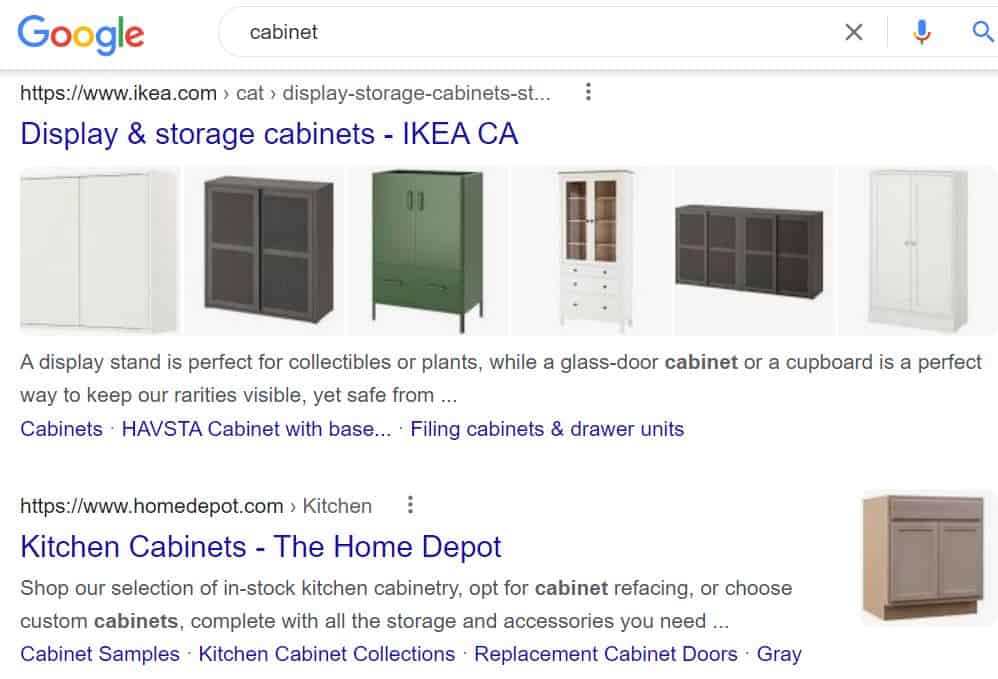
You will make a good profit from building an online store if you put this technique to work for you.
There are a few advantages to SEO that are beneficial to a business:
- Of all the traffic sources, search traffic usually has the largest volume.
- The traffic sources are very consistent, which means consistent revenue for your business.
- Search traffic can be quite profitable even at scale.
Dependable, profitable, and high volume. It has everything you could possibly want.
There is one significant disadvantage: SEO requires a significant amount of time and patience.
It can take 4–6 months for your site to appear on the 1st or 2nd page of search engine results for a particular keyword, even if you’re going after a product category with no competitors.
Until you can get your web page into the top three rankings for a specific keyword, the traffic volume would be low. It could take years of work to reach that point if your niche is even moderately competitive.
If you choose SEO as your online store’s marketing strategy, you would need to concentrate on 3 things:
1. Creating relevant and interesting content for non-product-related keywords in your niche. This improves the ranking of your product pages.
2. Use product keywords to optimize the product listings.
3. Creating content that is so useful that it can be linked to as a resource.
When it comes to SEO, only two factors are important: content and the quality of links. So that’ll be where you’ll be spending the majority of your time.
Use Of Platforms For Marketing
This is a totally different strategy compared to the previous two approaches.
Instead of building an online store from scratch and relying on marketing to drive traffic, you’ll use one of the most popular eCommerce platforms:
- Etsy
- Amazon
- eBay

It’s possible to be competent in each of these three areas. The majority of people should go for Amazon. Amazon’s audience is much bigger, which gives you more potential, and Amazon also has a presence in almost every product category.
The only exception is if you’re running a design and craft business, such as making and selling your own shoe racks. Etsy is a great choice in this case since the consumer wants more craft-oriented goods.
If you’re doing a lot of buying and selling, eBay is always a good option. However, if you regularly produce the same types of products, your Amazon potential is far greater.
You can use whatever platform you want as a marketing channel. You’ll start by building an online store on that platform and listing all of your items. Second, you’ll do everything you can to customize your store so that the platform wants to feature your items.
Typically, optimizing the store entails concentrating on two aspects:
- Obtaining as many 5-star ratings as possible for your goods
- Tailoring the product pages to keywords that people are looking for on the website
Many customers will see your goods on the platform as your search terms and feedback grow, resulting in increased sales.
How To Build An Online Store That Is Right For You
Let’s take a look at what we’ve learned so far. You can start one of three forms of online stores. These categories are determined by the marketing technique you use.
The following are the three marketing strategies for building an online store:
1. Paid ads — You’ll have to pay for advertisements. It will take 4–6 months, spending in advance, and a visually appealing, easy-to-understand consumer product with an impulse-buying price point.
2. Search engine optimization (SEO) — You’ll concentrate on content and building links. It will require time and patience.
3. Existing eCommerce platforms such as Etsy, Amazon, and eBay — You’ll concentrate on dominating the marketplace’s search words and accumulating 5-star ratings. It requires a commitment to learning about the platform.
I highly advise you to choose one of these and base your entire company on it. That’s right, there’s just one.
“How come we can’t use multiple strategies?” Wouldn’t it be great if we could use a variety of marketing platforms to promote our store? Isn’t it true that more promotion equals more sales?”
This is a mistake I’ve made several times. After many years of working in the online marketing space with some of the industry’s most well-known marketers, I’ve found one overarching trend: people who are good at one form of marketing are usually bad at the others.
Why is this the case?
There are a few reasons why it’s difficult to excel at more than one type of marketing:
- Online marketing platforms change all the time, but continuously trying to learn new ones can slow you down. What works now will not work in a year. Even though I’ve been doing SEO for many years, I always feel like I’m learning new things every year. You’ll have an easier time keeping updated if you concentrate on a single marketing platform.
- Each marketing channel is completely different. While certain marketing concepts are universal, you’ll need to learn all of the strategies from the ground up.
- Power laws apply to online marketing platforms. As a result, the bulk of profits goes to a few large players, while the rest of them compete for scraps. You won’t make much money if you’re not one of the winning players.
You’ll breeze through the learning curve if you stick to one marketing platform. You’ll be making real money on your online store if you can determine your winning marketing channel quickly.
Step one is now complete. It was quite elaborative, but it’s crucial that you take your time with it because it’ll affect any other decision you make during the process of building an online store.
Step #2: Choose The Appropriate Product Niche
The most significant decision you’ll take after choosing your marketing plan is deciding on a product niche.
Spend some time researching the niche thoroughly.
Choosing hobby categories was a big mistake I’ve made in the past. Yes, having a personal interest in the category aids in the growth of the business. It is, however, easy to get into that trap.
You might choose a category that isn’t conducive to a successful business. It is doomed to fail from the start if there isn’t much demand for the niche, no matter how good of a job you do.
There are a few items that are important for a successful online store product category:
To begin, choose a category that isn’t too narrow and specialized.
Differentiating yourself is a standard marketing best practice. And this is powerful guidance — having it is a big advantage.
It’s also difficult to find a real way to set yourself apart in a way that the market would pay for. There are a number of ways to distinguish a commodity, but only one or two are actually essential.
Is it necessary for Amazon’s best-selling bookend to do something out of the ordinary? Not really. It must be basic, reliable, easy to use, affordable, and have a large number of Amazon reviews. That’s everything there is to it.
Find a category of rivals who aren’t dominating their marketing platform instead of attempting to distinguish yourself from every other product in the niche.
Is the number of Amazon reviews for all of the top brands low? Are the top search engine results of poor quality? And there are no businesses investing serious marketing dollars in advertising to promote the product? If you answered yes to all of the above, you have an opportunity to out-market them with your strategy.
A reasonable price is also important.
Avoiding low-cost product categories is a smart choice.
After all, if each sale just earns you a profit of $1, you’ll need to sell 5,000-10,000 items per month to make it worthwhile. After taxes, you’ll have around $50–60K to take home each year.
It takes a lot of effort to sell 10,000 units of something. It’s not going to be easy.
Let’s pretend you’re selling something for $75 and making a profit of $30 on each sale. You only need to sell 300 products or so per month to make a similar earning. That’s a lot easier to handle.
However, you should stop selling anything that is priced too high. Buying habits change as pricing increases. Prospects start looking for more reviews and social proof. It might even require a totally different purchasing process.
How many prospects purchase cars without first taking them for a test drive? There aren’t many. Before making such a large purchase, they want to use the car and speak with a real person. Because of their higher price point, cars take extra effort and sales expertise to complete a sale.
I recommend looking for a product that you can sell for $50 to $100. It’s not too low that you’ll see a fast increase in revenue. It’s also not that high that the purchase process would be easy.
Finally, ensure that there is a market for your product.
Doing some niche research on the chosen marketing platform will typically tell you whether there is demand.
Google Ads has a Keyword Planner that shows you the number of times something gets searched for in Google each month. If your product’s keyword receives lower than 1,000 monthly searches, it’s probably quite low in demand to be profitable.
It’s the same for Amazon. It’s probably low in demand if you can’t find items in your category with over 100 reviews.
I’d rather choose a niche in which I have no experience but is in high demand. That’s way better than later discovering that a passion product category of mine has no demand.
Step #3: Give Your Brand A Name
This step is not straightforward.
It can be aggravating to try to come up with a good name that isn’t already taken. The best names could be trademarked, and you’ll feel as though you’re reaching a dead end.
You may be tempted to save money by cutting corners. You may even want to go for a less preferred name to get things started.
This should not be done.
Finding a good one is well worth the time and effort. It pays off in the end.
Here is the naming checklist I like to follow:
- No more than three words. To make it easy to remember, it is better to keep it as brief as possible. One or two words are preferable, but three words could also work.
- Easy spelling. When people are trying to find my website, I don’t want it to be difficult for them to spell the name.
- Possibility of obtaining a .com domain. A .com is required to build an online store. It’s become the norm. Some people use unusual domain name extensions, such as company.td or company.ml. This, in my view, will cause issues in the future because whoever owns company.com will realize the value of the domain if you attempt to purchase it. I would either purchase the domain in advance or find one that is immediately available.
- Easy to understand. It should be easy to say the brand name without having to repeat it in a crowded place. That’s a good indication that it’s simple to comprehend and helps with future word-of-mouth marketing.
- There are no trademark infringements. Any law firm can perform a quick search for you. Finding a few different name options that meet all of the above aspects is essential because legal time can be expensive. Then, get an attorney to look for trademarks all at once. You should be able to have one of them working.
- It must be relevant to your niche. Make sure that the name has a connection to your product niche.
If you’ve decided on a name, go to the domain registrar and purchase the domain. Alternatively, if you’re purchasing a domain from someone else, have it transferred to the domain registrar you intend to use in the long run.
Step #4: Setup An Online Store
This is a critical step if you’re following a Search Engine Optimization (SEO) or paid marketing campaign.
What is the reason for this? Simple: The content of your site has a significant effect on the percentage of visitors who become customers.
Wix is a great platform to use if you want to create a high-quality website.
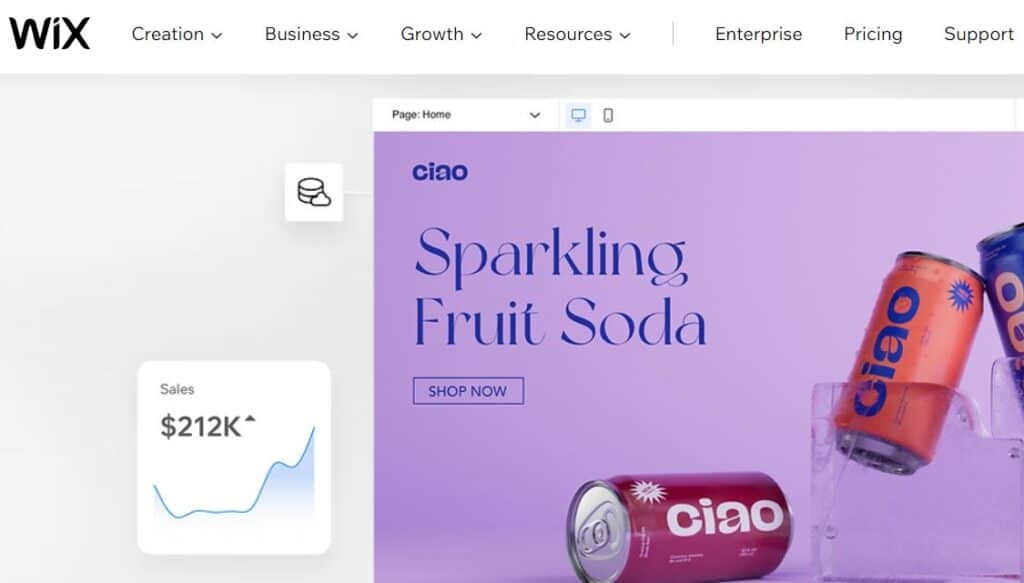
Other tools, such as Bigcommerce and Shopify, are available, but none of them come close to Wix. It’s easy to use, has all of the functionality you’ll need, and is reasonably priced.
However, there are some exceptions. You can continue to use the blogging platform if you already have a popular blog. Integrating WooCommerce is a nice choice if your blog is built on WordPress.
Second, you may already be selling items on social media sites like Instagram or Facebook. If that’s the case, you can just continue with what’s working.
Otherwise, Wix is the way to go.
And, if you’ve chosen one of the eCommerce website platforms, such as Amazon, pay special attention to your product and business pages. Make the content as appealing as you can. Make use of all of the resources available to you. Take as many high-quality pictures as you can. Do whatever you can in making your pages really stand out.
Step #5: Launch A 60-day Marketing Campaign
When you first launch your online store, you’re probably going to start small.
Though you’ll go through some difficult periods, even a small amount of momentum will go a long way.
It’s a major milestone when you get your first rating, your first ranking page on Google, and your first paid ad purchase.
Don’t think about processes, scalability, or trying to work on things efficiently at this point in the process. Instead, no matter how much personal work or outreach you have to do, look for traction in whatever way you can.
A big boost of personal initiative and momentum is needed. You may have to take steps that you know aren’t sustainable in the long run.
Listed below are some examples:
- I could take the help of relatives and friends in leaving the first few Amazon reviews.
- I would reach out to my personal network to check if anybody is interested in conducting an interview with me and publishing it on their own website. This will be helpful in obtaining some early links to my website.
- I’d spend some of my own money on paid advertising to see if the product generates any sales.
I will look at implementing any marketing strategy that could take up some of my time while still allowing me to get my first few sales quickly.
Do some analysis on your chosen marketing platform and compile a list of ideas that you should implement yourself. After that, prioritize the list and devise a 60-day marketing campaign. Within that timeframe, implement as many ideas as you can.
This is the period during which people usually drink a lot of coffee, work long hours, and push themselves to their limits. However, you should stay within reason and avoid overworking yourself.
Some of the ideas will have performed well during the marketing campaign, and you’ll have made the first few sales. Since you’ve concentrated on a single marketing platform, you’ll also see a small but consistent stream of revenue. The steady flow is enough to get your marketing flywheel spinning.
Step #6: Build A Marketing Flywheel
Once you’ve gained some traction, it’s time to start building a marketing flywheel that will enable you to develop a sustainable business without having to do everything yourself.
What exactly is a flywheel? It’s a large wheel in an engine that aids in the creation and preservation of energy. We’re applying the same idea to your marketing strategy in order to achieve significant growth.
You’ll need to directly ask for many of your first product reviews on Amazon in the early days. But this isn’t a long-term solution.
Instead, look for marketing strategies that will help you generate Amazon reviews without you having to ask for them.
Consider the following scenario:
On Amazon, asking customers to leave a review is a popular strategy. If a review is completed, some companies will also promise a discount code for the next order.
The strategy can be automated. Get an assistant to send each new customer the same email template, requesting a review and offering a discount code for their next order. All of the platforms allow you to send personal messages to customers. Although you won’t be able to contact all of your customers at once, you can have an assistant send out messages one by one each week. That’s an easy-to-repeat flywheel that doesn’t take up much of your time.
A short note about this review strategy: Before you try anything like this, make sure to read the platform’s policies and guidelines. There are always policies for these types of activities, and each platform differs slightly. Keep in mind that pushing things too far can result in your store being removed entirely from the platform.
Try to come up with as many of these easy-to-repeat marketing flywheels as possible.
Is it possible to pay others to create content instead of making it yourself? You could generate more content to become successful with an SEO marketing campaign if you did the keyword analysis, created a list of criteria for each post, and hired somebody else to write the piece of content. That is a flywheel you’re looking at.
Should you delegate the optimization of your paid advertising instead of doing it yourself? If your click-through rates and conversion are steadily improving while your consumer acquisition costs are decreasing, you can purchase more customers with the same amount of money. This helps your company grow faster without requiring any personal effort. Another type of flywheel.
Concentrate on your primary marketing platform, then build the marketing flywheel that will keep your online store going without your involvement. This is the secret to building an online store, getting sales, and growing it quickly.
So, what do you have to lose?
Start your free Wix trial today and get your online store up and running in minutes. Then use the rest of the steps in this article to gain an advantage over the competition.
